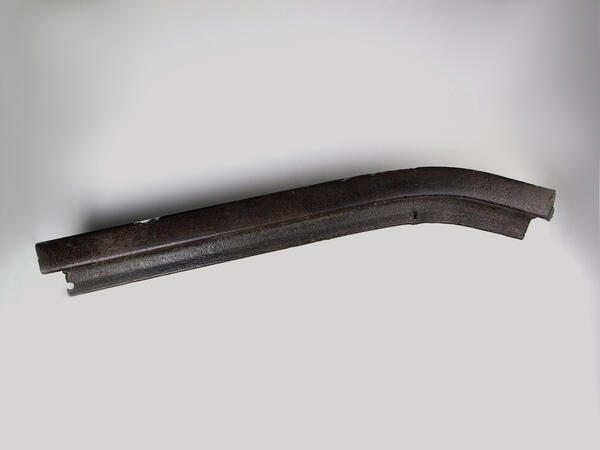October 1837 is traditionally considered to be the starting point of the history and development of the Russian railroad. This was when the first Russian public railroad between Saint Petersburg and Tsarskoye Selo welcomed its first passengers. The Historical and Memorial Museum of the Demidovs presents a fragment of an I-beam rail made at the Demidov factory in Nizhny Tagil.
In the first half of the 19th century, some private factories in Nizhny Novgorod, near Moscow, the Urals and Siberia had railroads for horse-drawn carriages. The first project of the Ural railroad appeared in 1861. It was created by the head of the Demidov factories in Nizhny Tagil, Vladimir Karlovich Rashet. On October 14, 1878, regular train traffic opened on the Ural Mining and Plant Railroad (now the Sverdlovsk Railroad) on the route connecting Perm, Kamasino (Chusovskaya), Nizhny Tagil, and Yekaterinburg.
In the 1890s, a narrow-gauge railroad was built from Nizhny Tagil to the Visimo-Utkinsky factory. It was built by the Demidovs, and, at that time, it was one of the largest private railroads. It was also notable for connecting Asia and Europe, crossing the imaginary boundary between the two parts of the world. The idea of building this railroad came to Pavel Pavlovich Demidov. However, problems began to arise right at the designing phase, as experts argued over the choice of the track gauge. At that time, Russia had no single standard for the width of the railroad track. Private railroads were built with different tracks, depending on the locomotives that would run on them. The process stalled, and in 1885 Pavel Demidov died. The factories were passed to his sons, Elim and Anatoly. Anatoly died soon after, and Elim Demidov took over the factory affairs.
Rails for railroad transportation are made of carbon steel. The quality of rail steel is determined by its chemical composition, micro- and macrostructure. Carbon increases the hardness and wear resistance of steel. The rail on display was found on May 22, 1998 on the territory of the prince Gagarin estate in the Sergievsky village, Tula Oblast.




